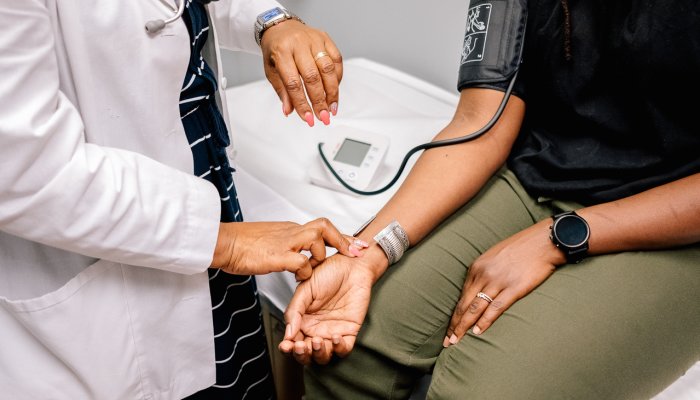

The JAHA study followed over 3,000 women in their 40s and 50s over 22 years. At each visit, participants answered a questionnaire about the frequency and severity of any hot flashes they’d experienced in the prior two weeks. They also reported any cardiac events and submitted related medical records to be reviewed by independent cardiologists.
Researchers found that people who reported frequent hot flashes at the start of the study were 50% more likely to have CVD later on. Additionally, those whose frequent hot flashes persisted (for an average of four annual visits) had a 77% increased risk of cardiovascular disease. When controlling for demographic, risk factors, and even the use of hormone therapy, the connection persisted.
Interestingly, people who were Black, had little education, or experienced financial hardship were more likely to report frequent hot flashes. In other research, Black women were also found to be more likely to report VMS than women of other racial groups.
There’s no consensus as to why hot flashes are linked to an increased risk of CVD, though one study from Obstetrics & Gynecology observed that people who report hot flashes have higher LDL, HDL, apolipoprotein A-1, apolipoprotein B, and triglycerides than those who do not. Another study using earlier data from SWAN also found that people with hot flashes scored higher on the HOMA index3, a measure of insulin resistance.








